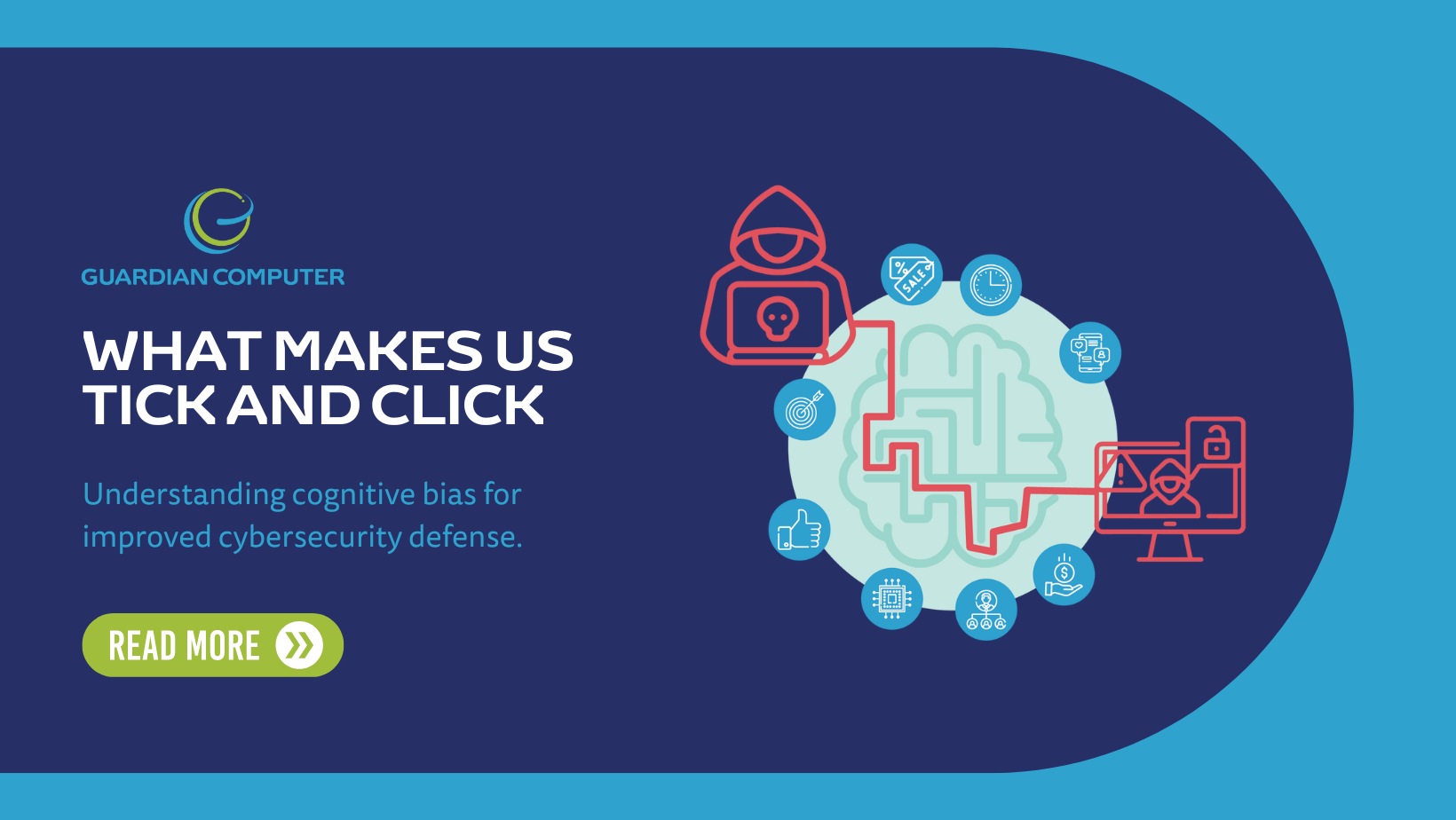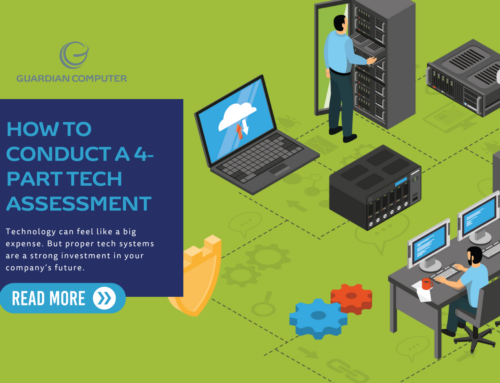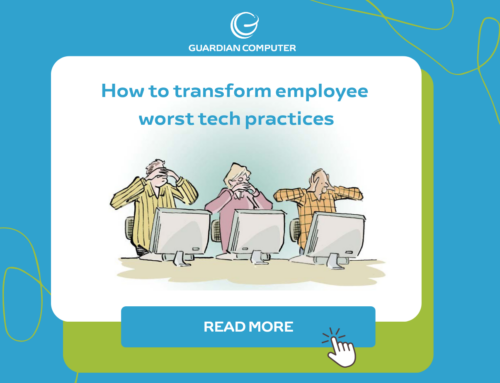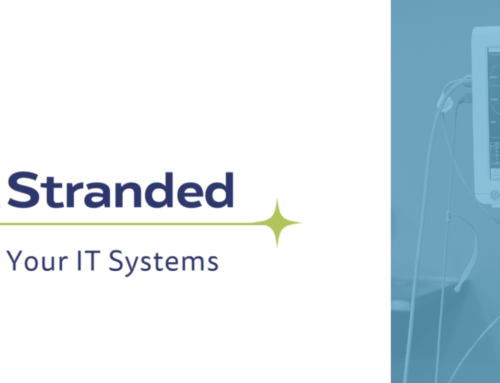Understanding cognitive biases (what makes us tick and click) is critical to cybersecurity. Human error is the biggest risk factor for any organization’s cybersecurity. 82% of all data breaches result from human error. Many organizations don’t have a program in place to protect the human attack surface. Security teams deploy several technologies to protect their attack vectors (network, endpoints, email, web, cloud apps, etc.). But what about the human attack surface?
No matter their tech savviness, people are often duped by these scams. This is due to familiarity and immediacy factors used by hackers. Cybersecurity is not just a technological challenge. It’s increasingly a social and behavioral one.
Cyber breaches happen primarily because of human actions, according to Willis Towers Watson. Employees may mistakenly disclose account information or fall for phishing attacks. Whatever the case, an organization’s data can leak through legitimate channels and compromise its security. This social engineering easily bypasses technology barriers.
Hackers have become savvy at launching specialized attacks that target specific employees. These attacks tap into employees’ fears, hopes, and biases to get access to their data. With a better understanding of how hackers work, companies can identify potential biases. Companies and then deliver training that actually changes behaviors.
Hackers Study How We Tick to Get Us to Click
To preserve cognitive resources, the human mind subconsciously takes mental shortcuts. These shortcuts are called cognitive biases. These preconceptions do not necessarily reflect reality or rationality. Yet, we rely on them to expedite and simplify information processing.
These biases influence the way we think, behave, and our decision making process. Hackers tap into cognitive biases to sway decisions based on misleading information. They also use false or generalized categorization.
Irrelevant information entices employees to click on fraudulent links or share sensitive company data. Here are brief descriptions of nine of the most common biases hackers exploit:
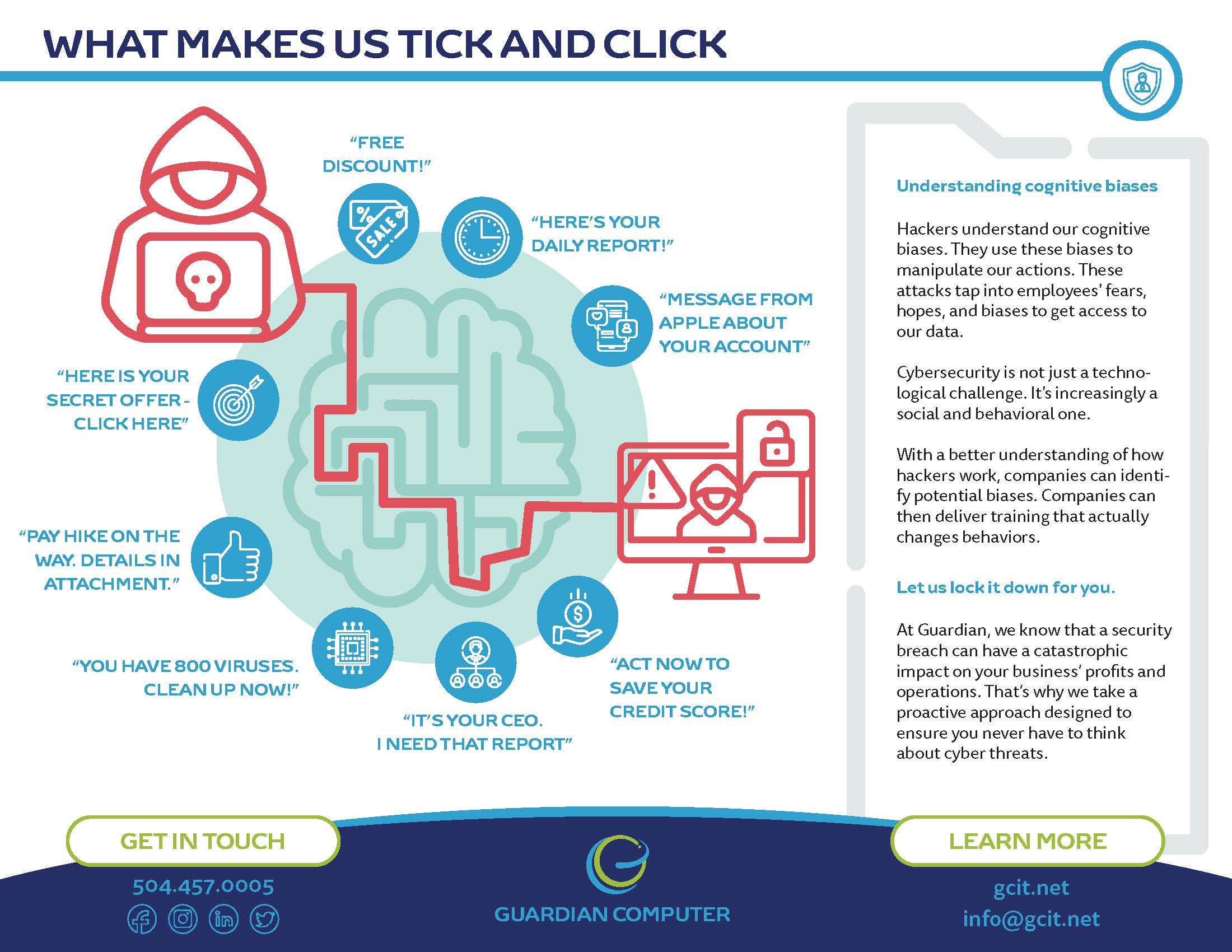
Nudging Toward a Secure World
Human biases are part of human nature. Organizations can learn from cognitive psychology to counteract these biases. Humans learn and respond to in-the-moment reminders about behaving securely. One of the most common and best examples is the use of a password strength meter. As someone chooses a password, a green check mark rewards more complex combinations.
A Personalized Risk Management Solution
Psychological studies have also shown that consistent training results in long-term behavior change. The best way to ease changes in employees’ behavior is to apply knowledge at the right moments.
To prevent breaches, organizations should communicate solutions to new threats in real-time. Ensuring employees receive personalized coaching and guidance is an effective way to improve an organization’s security posture.
Guardian’s security awareness training provides effective IT programs to mitigate human error by teaching employees the basics of digital hygiene. Our security awareness training programs give employees practice in applying this knowledge and then revisiting these topics regularly.
Learn more about our enhanced security solutions

